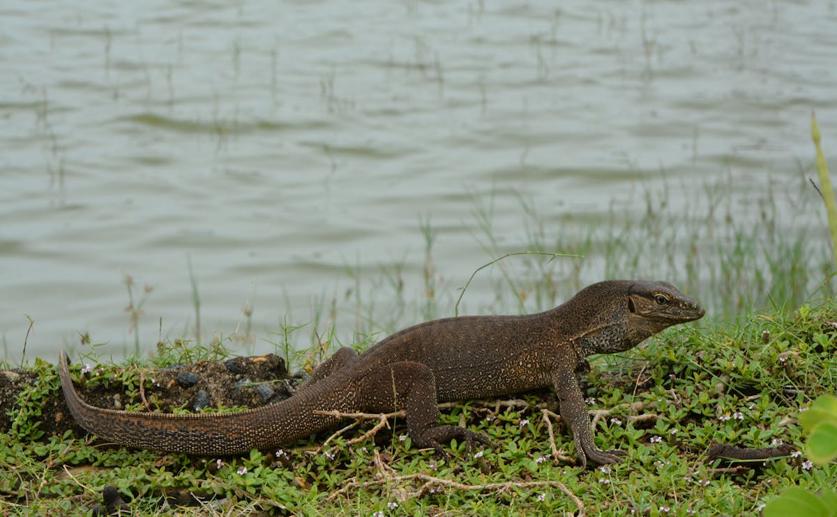
How Lizards Evolve Together in Hawaii
Greg Howard
19th April, 2024

Key Findings
- In O‘ahu, three lizard species showed changes in body size and limb length over time
- Male A. sagrei, female A. carolinensis, and male P. laticauda lizards increased in body size
- Female A. carolinensis lizards also developed longer hindlimbs, suggesting adaptation
References
Main Study
1) Analysis of Morphological Change during a Co-invading Assemblage of Lizards in the Hawaiian Islands
Published 17th April, 2024
https://doi.org/10.1007/s11692-024-09631-w
Related Studies
2) The early toad gets the worm: cane toads at an invasion front benefit from higher prey availability.
3) Geographic variation, frequency-dependent selection, and the maintenance of a female-limited polymorphism.
4) Common garden experiments in the genomic era: new perspectives and opportunities.



 16th March, 2024 | Jenn Hoskins
16th March, 2024 | Jenn Hoskins